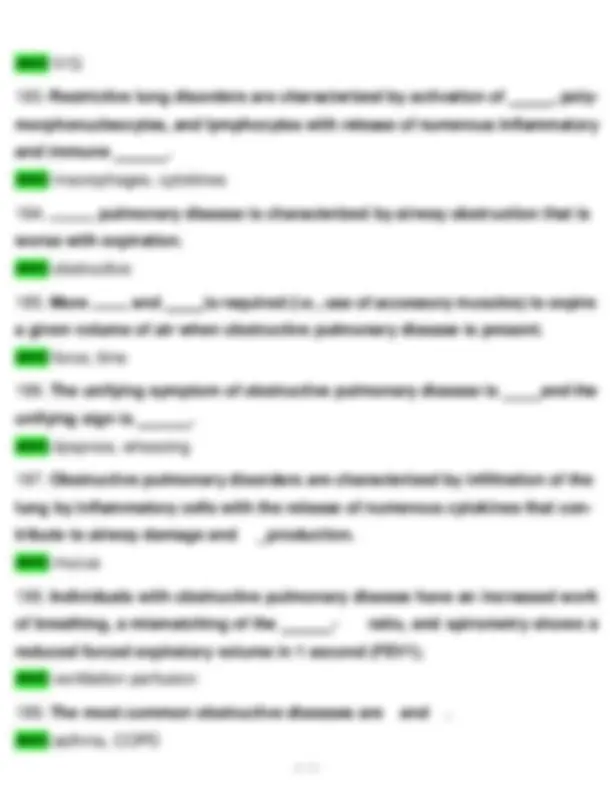





































Study with the several resources on Docsity

Earn points by helping other students or get them with a premium plan


Prepare for your exams
Study with the several resources on Docsity

Earn points to download
Earn points by helping other students or get them with a premium plan
Community
Ask the community for help and clear up your study doubts
Discover the best universities in your country according to Docsity users
Free resources
Download our free guides on studying techniques, anxiety management strategies, and thesis advice from Docsity tutors
ADVANCED PATHOPHYSIOLOGY EXAM 4 QUESTIONS AND ANSWERS ( LATEST UPDATE ) Advanced pathophysiology exam questions Pathophysiology exam questions and answers Latest pathophysiology exam guide Advanced pathophysiology test prep Exam 4 pathophysiology study guide Pathophysiology questions and answers Pathophysiology exam practice Updated pathophysiology questions Advanced pathophysiology review Exam 4 pathophysiology preparation Pathophysiology test questions Advanced pathophysiology study material Latest pathophysiology test questions Exam 4 pathophysiology answers Pathophysiology exam practice tests Pathophysiology comprehensive exam Advanced pathophysiology exam help Pathophysiology exam sample questions Updated pathophysiology exam 4 Advanced pathophysiology question bank Pathophysiology exam preparation tips Exam 4 pathophysiology updates Pathophysiology test prep questions Exam questions for pathophysiology Advanced pathophysiology Q&A
Typology: Exams
1 / 43

This page cannot be seen from the preview
Don't miss anything!




































thoracic nerve root. ANS 10th
and , as well as the clinical signs and symtpoms. ANS urine culture, urinalysis
ANS elevated
ANS intussusception